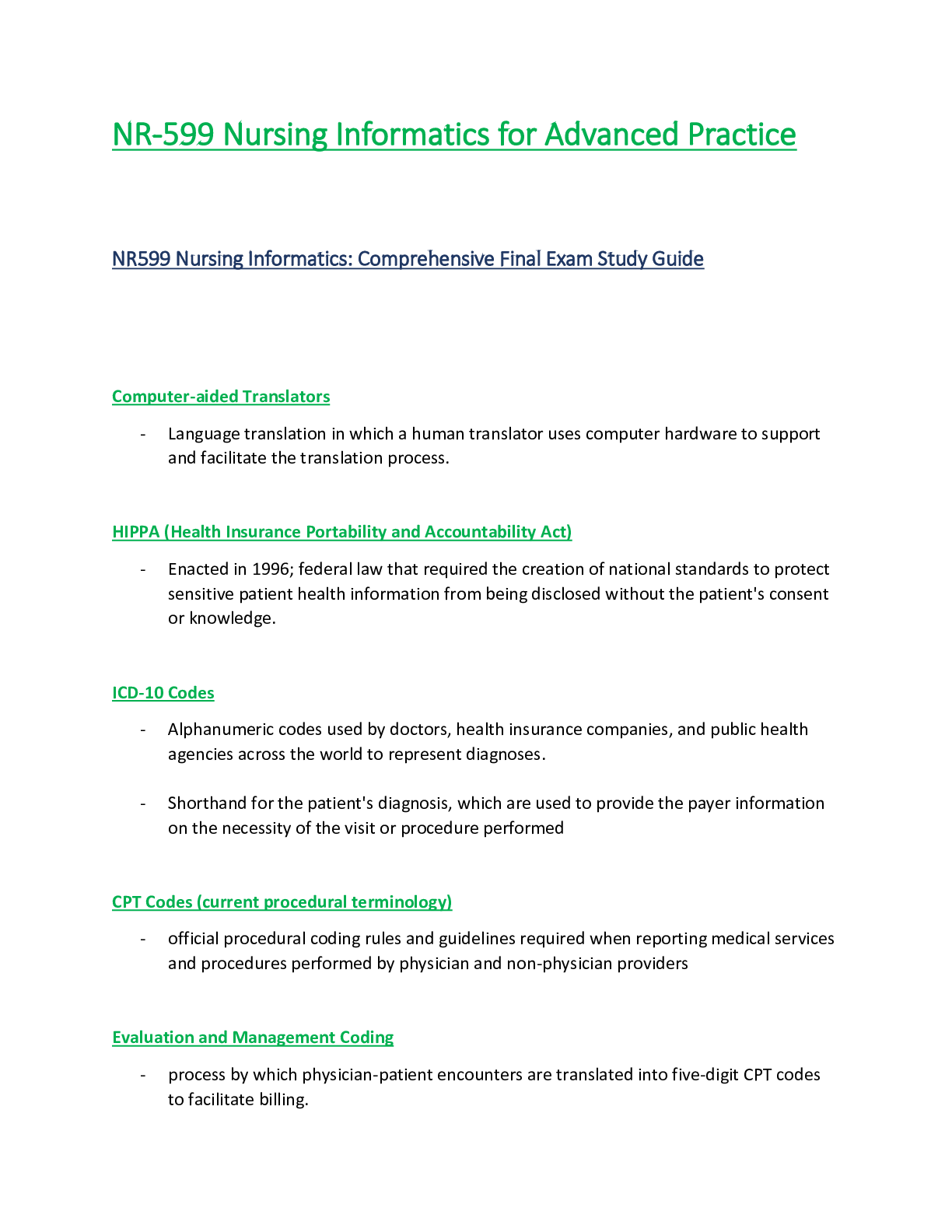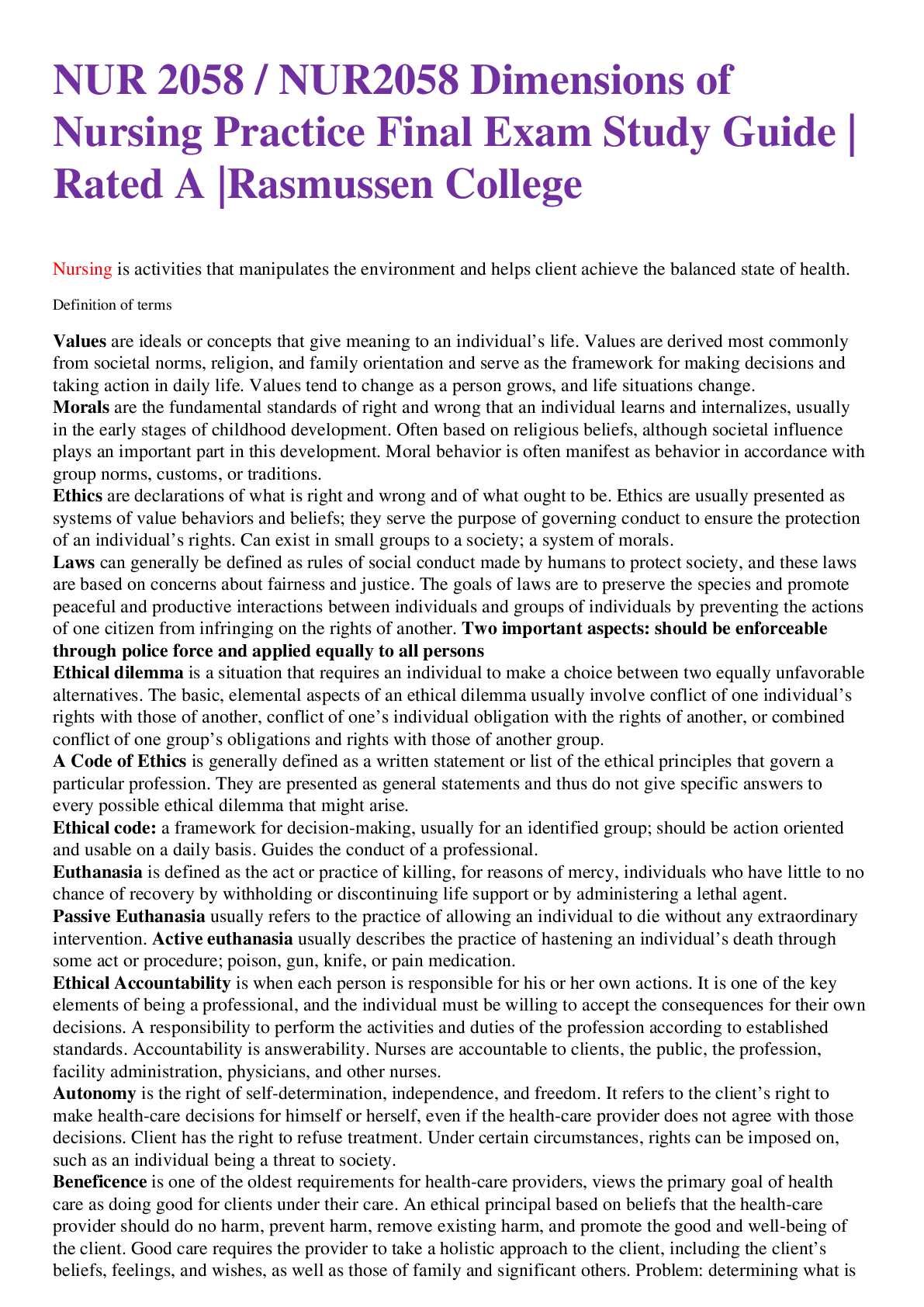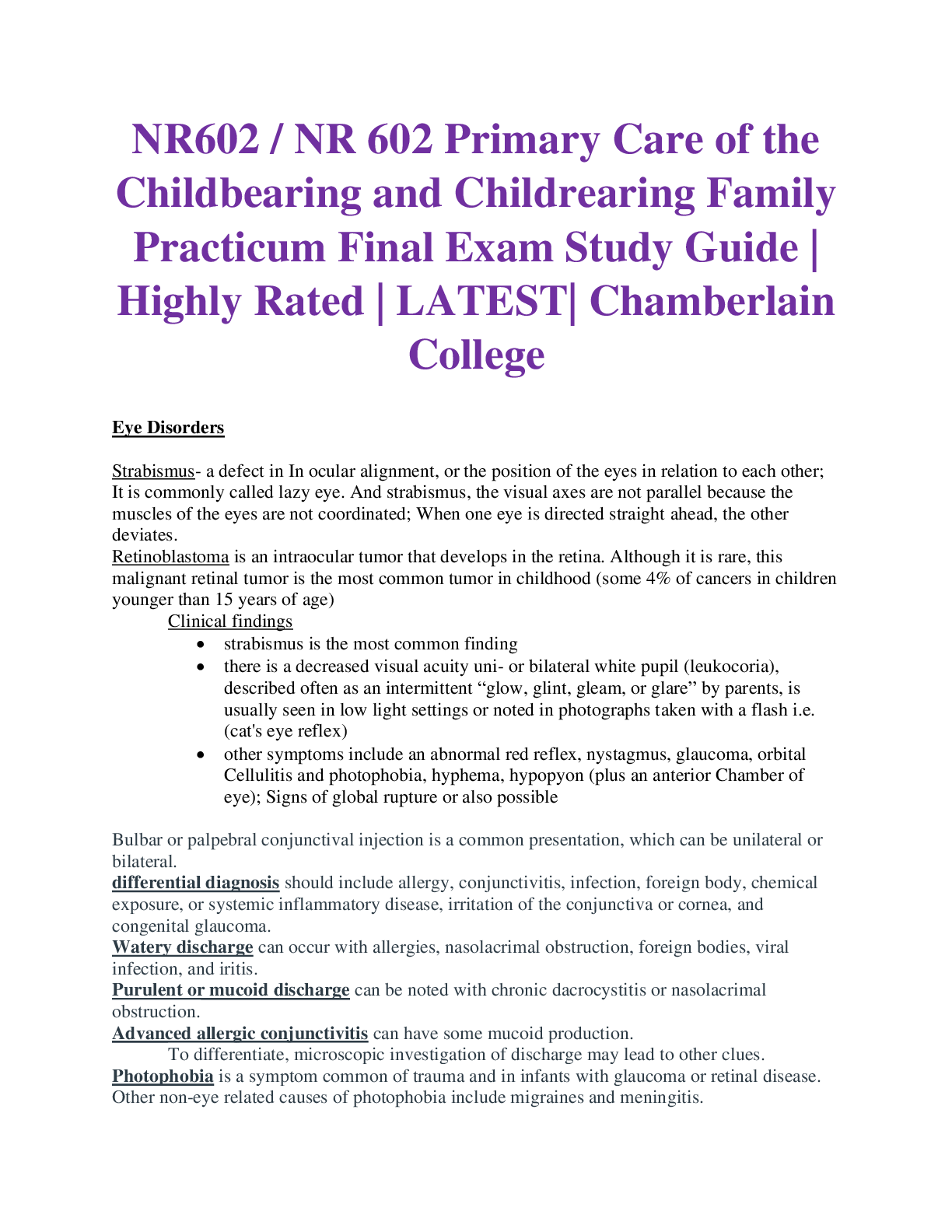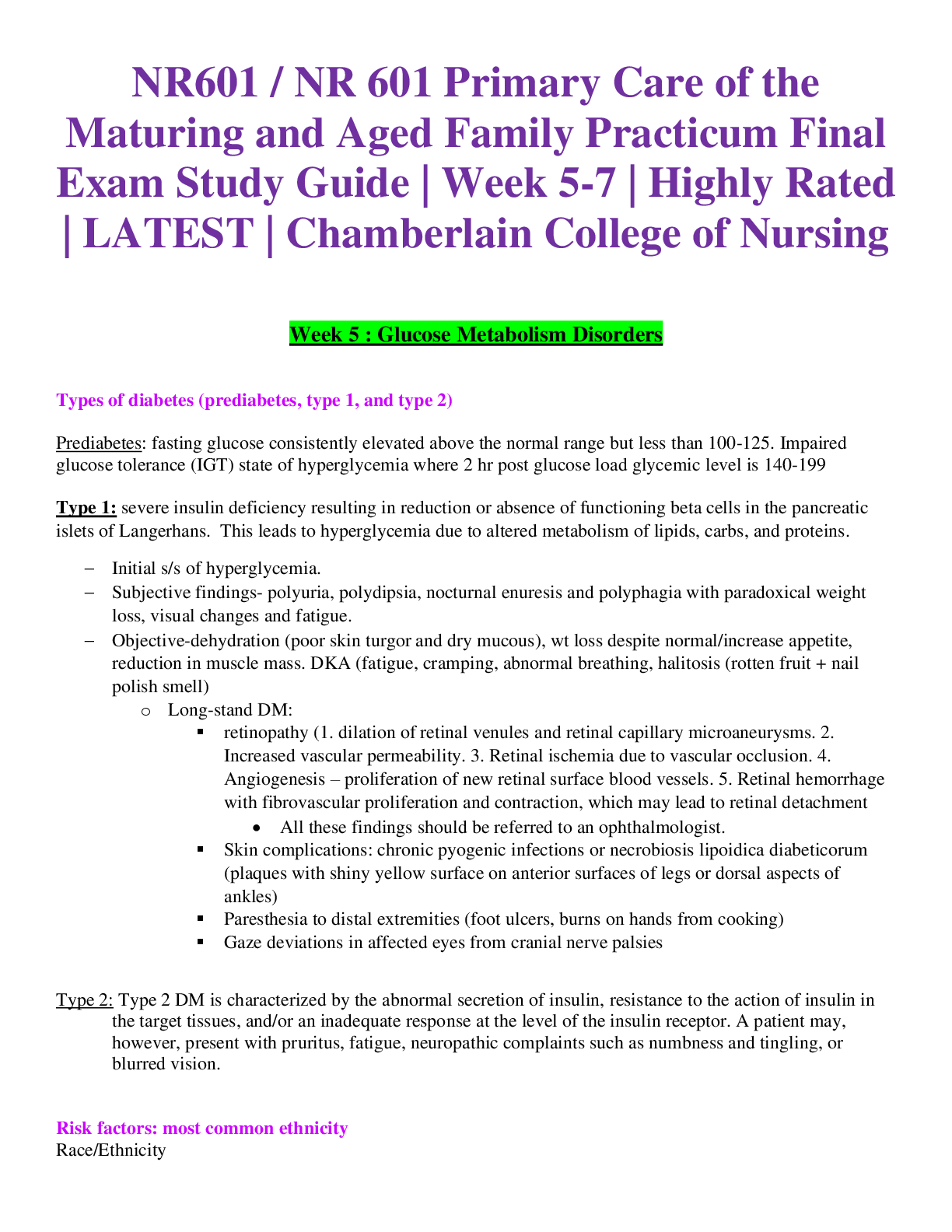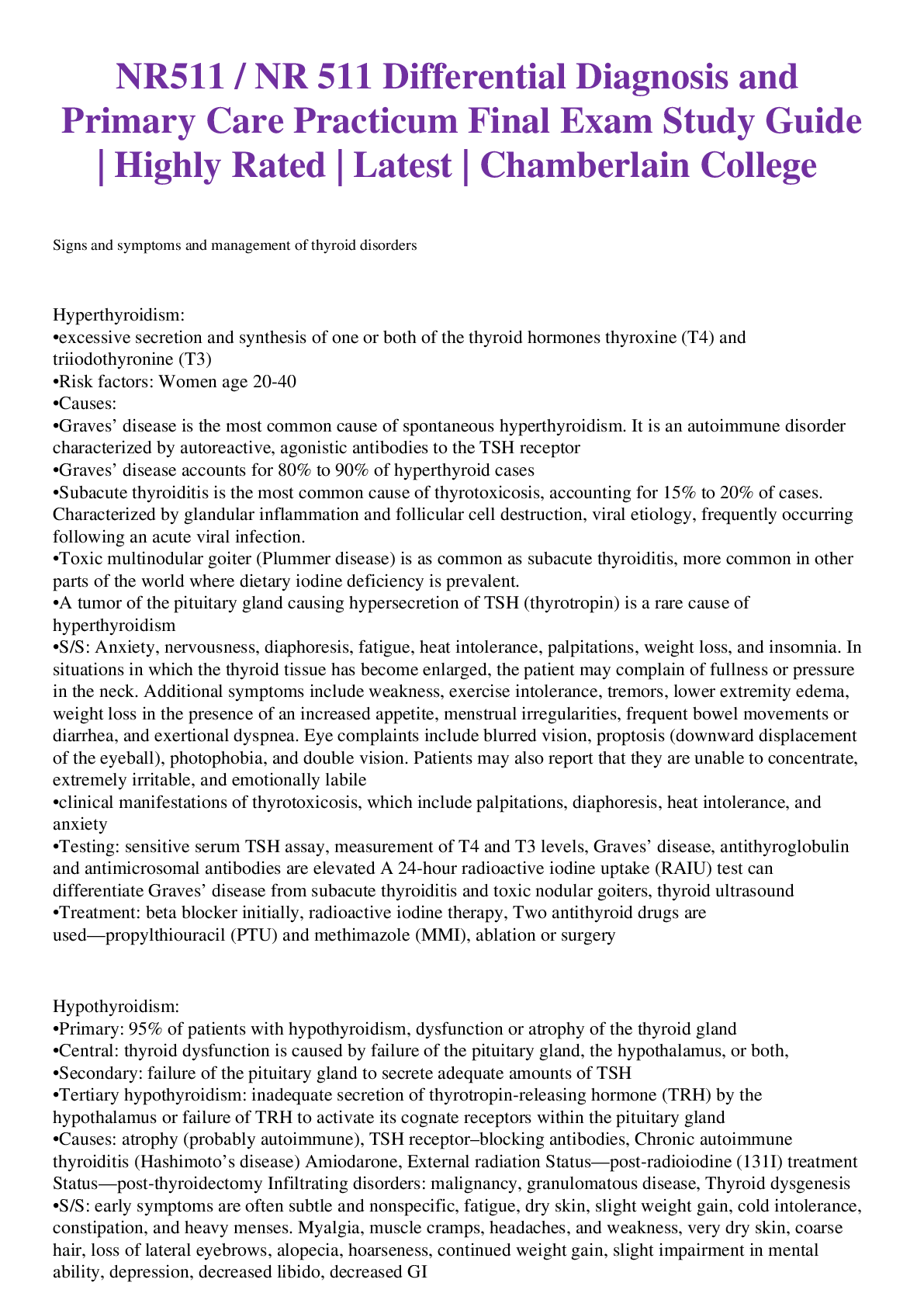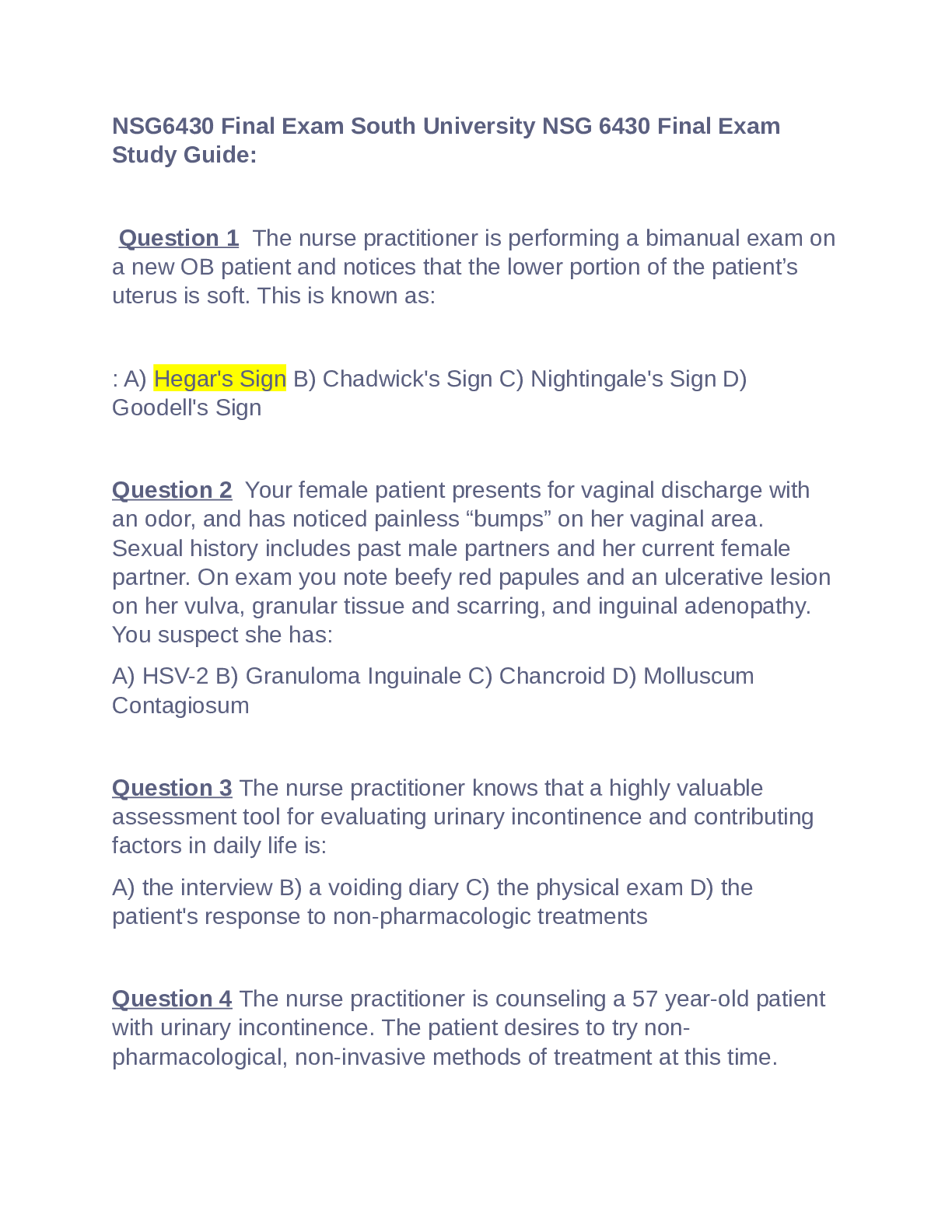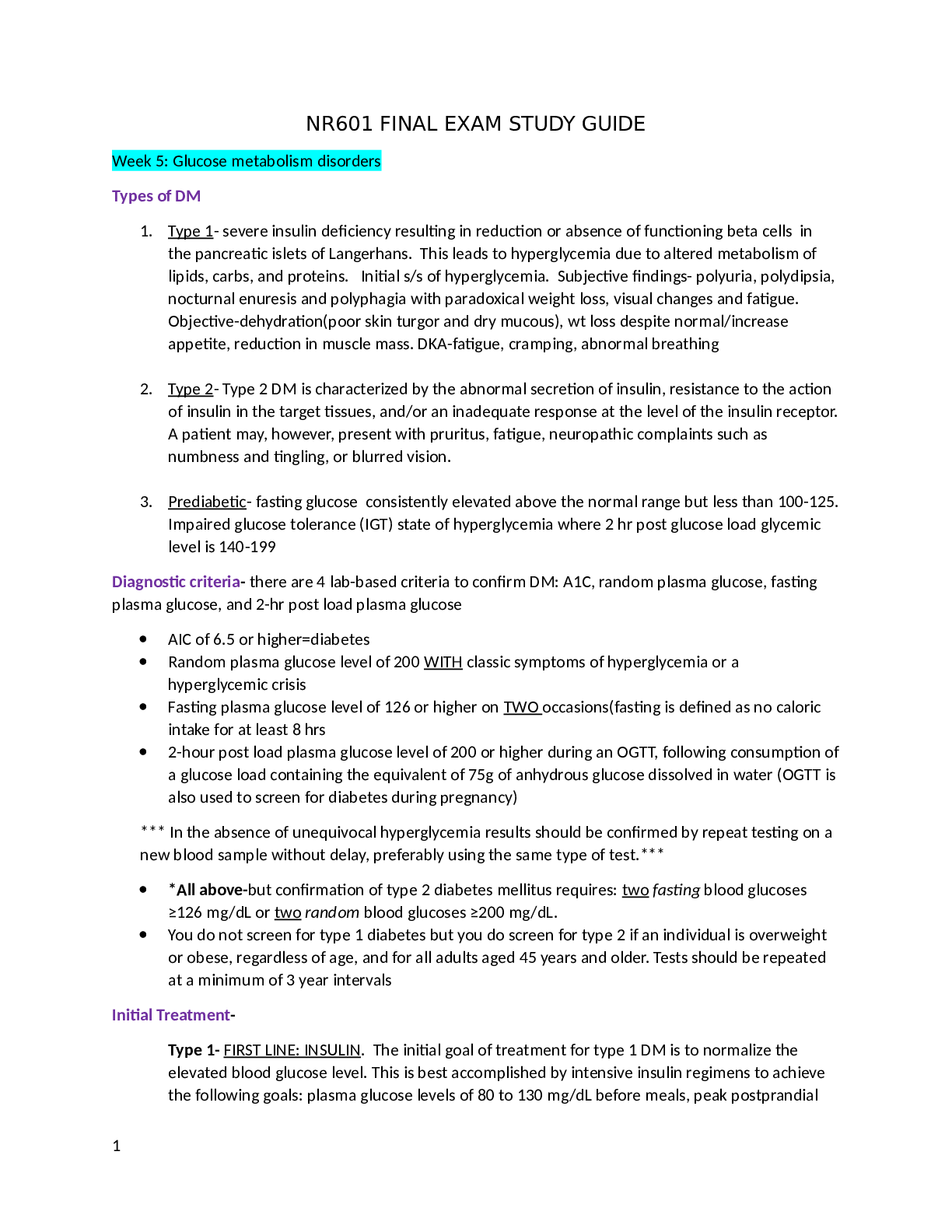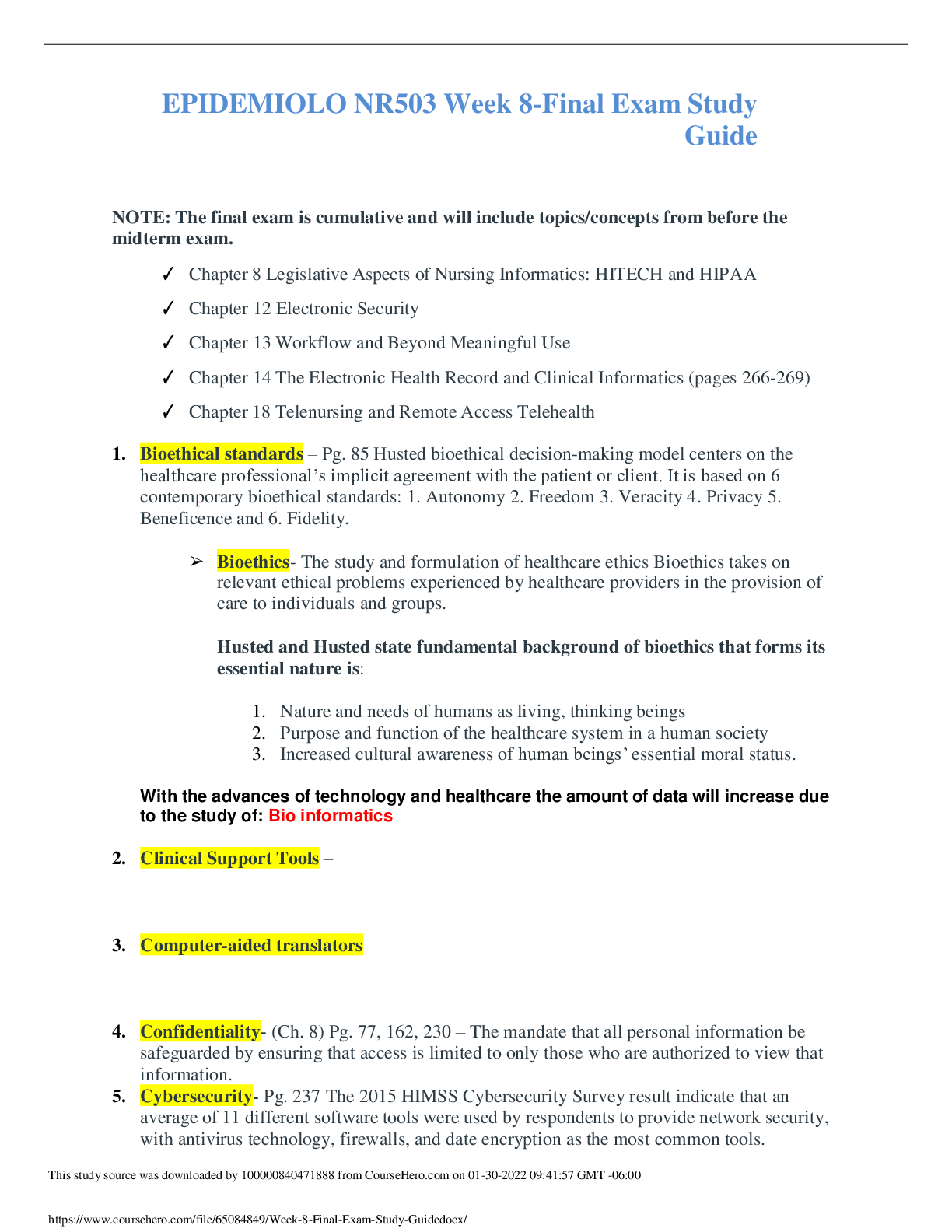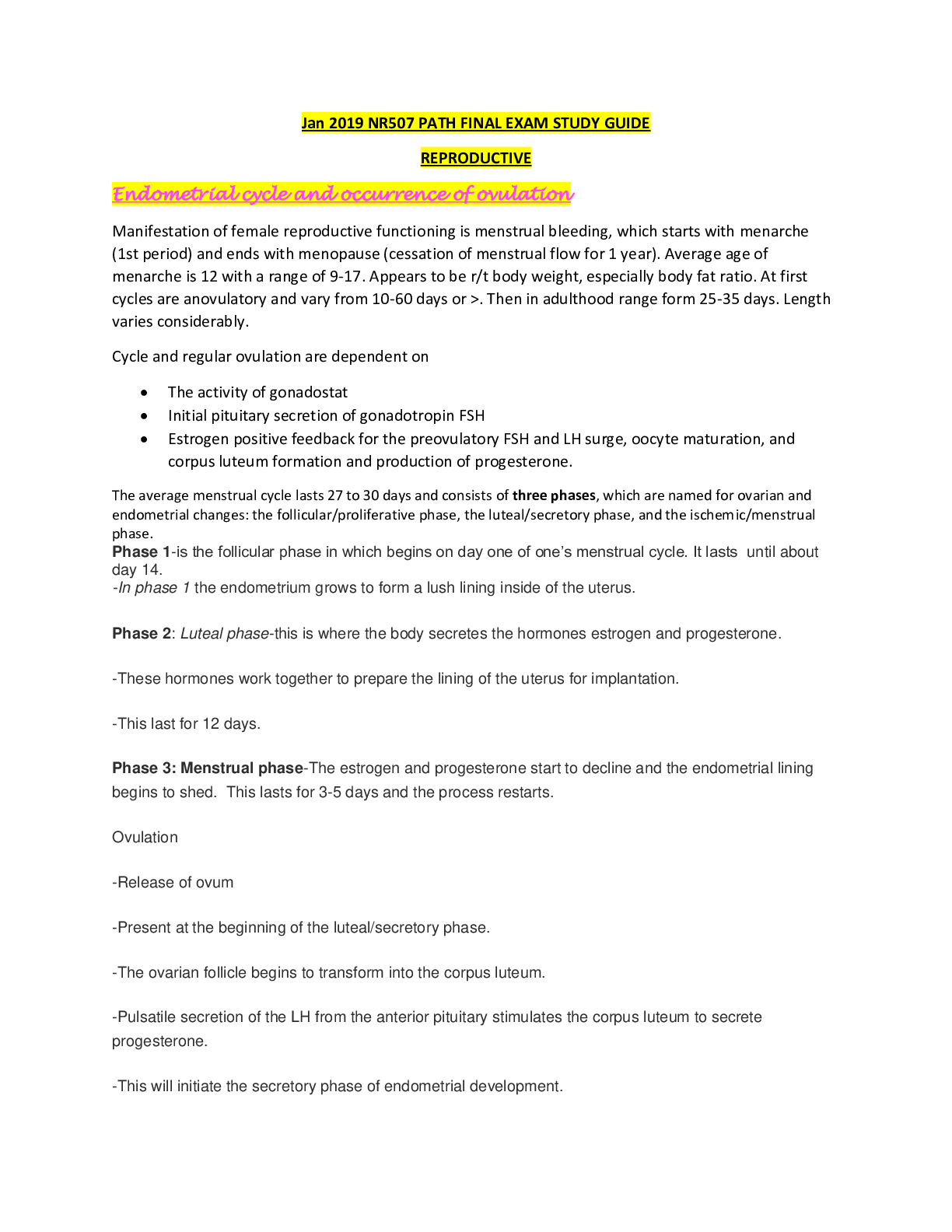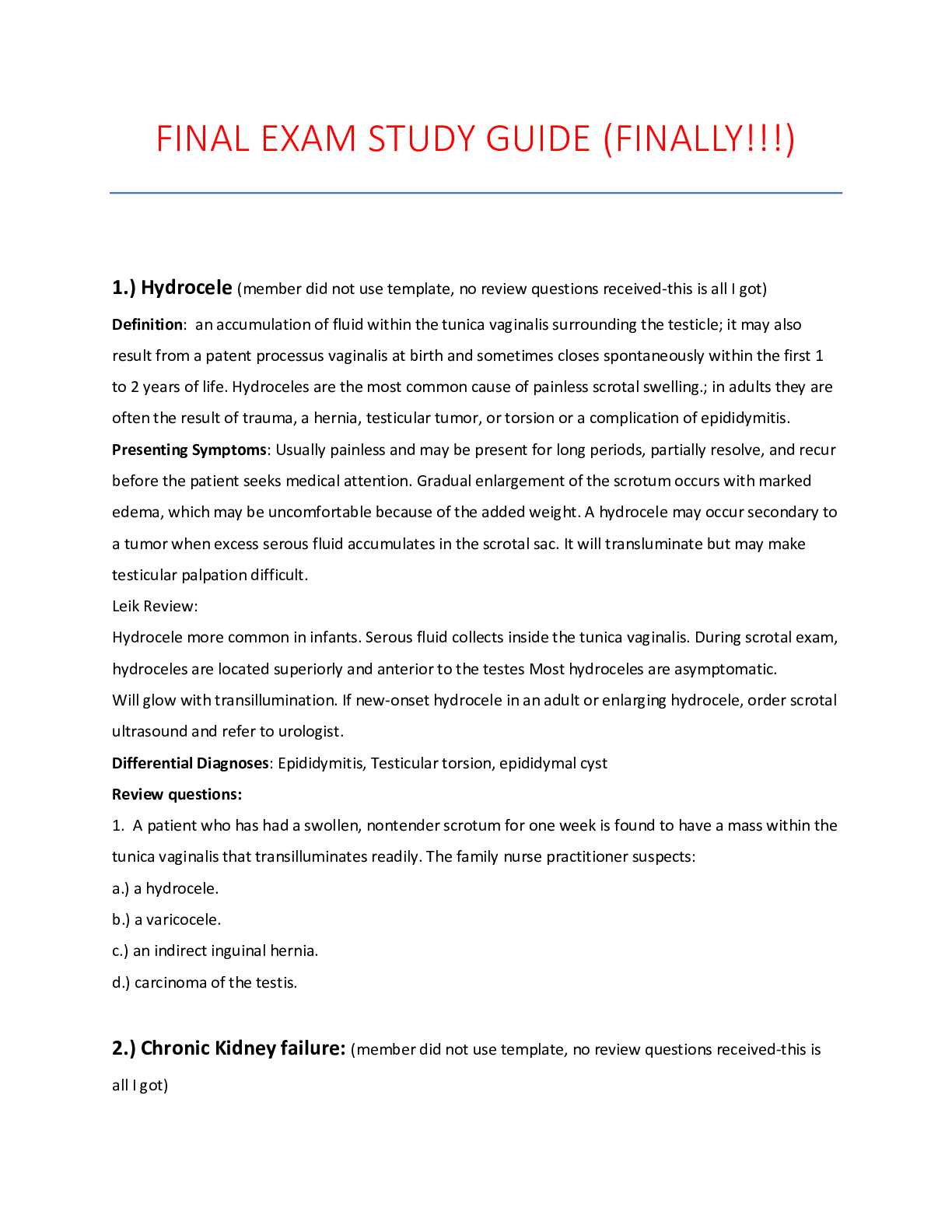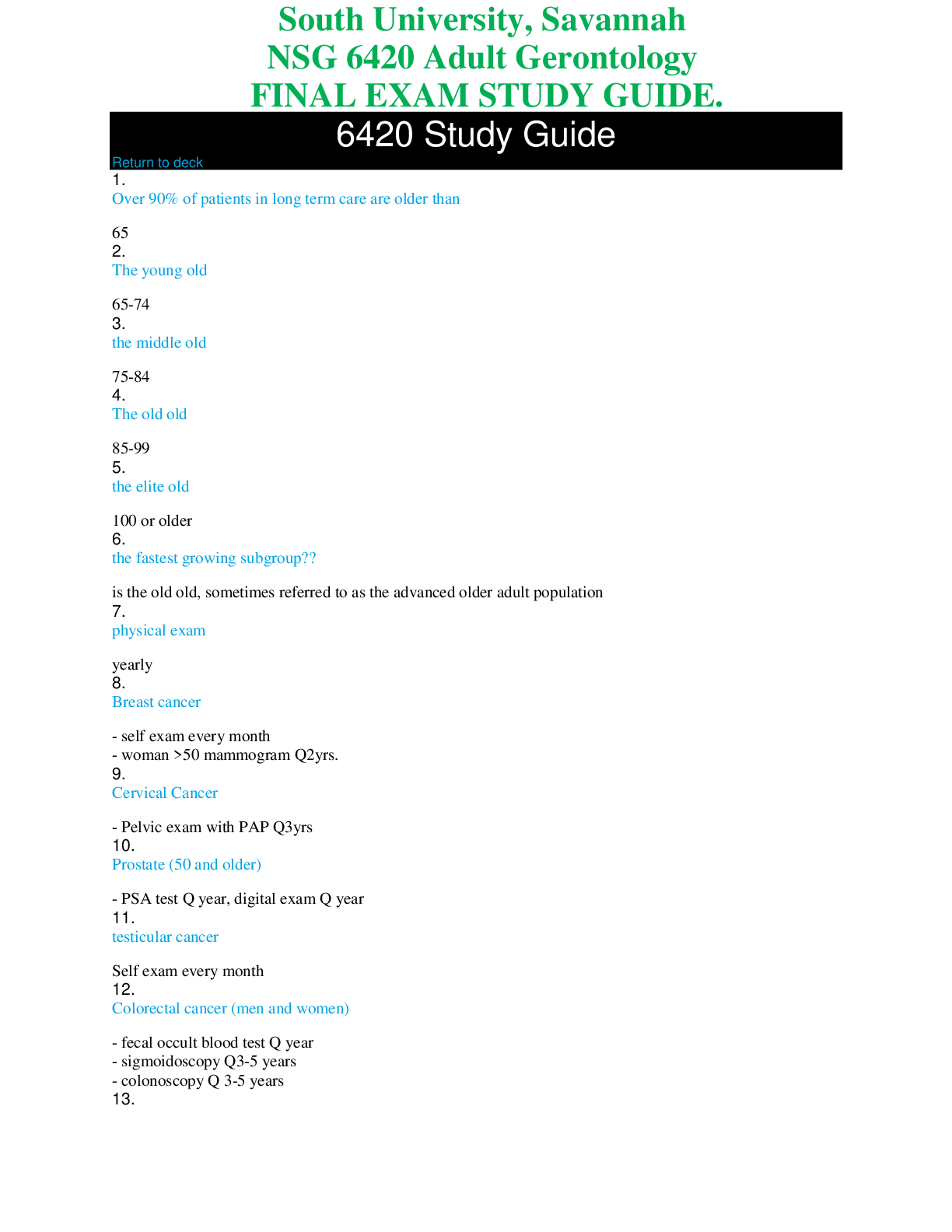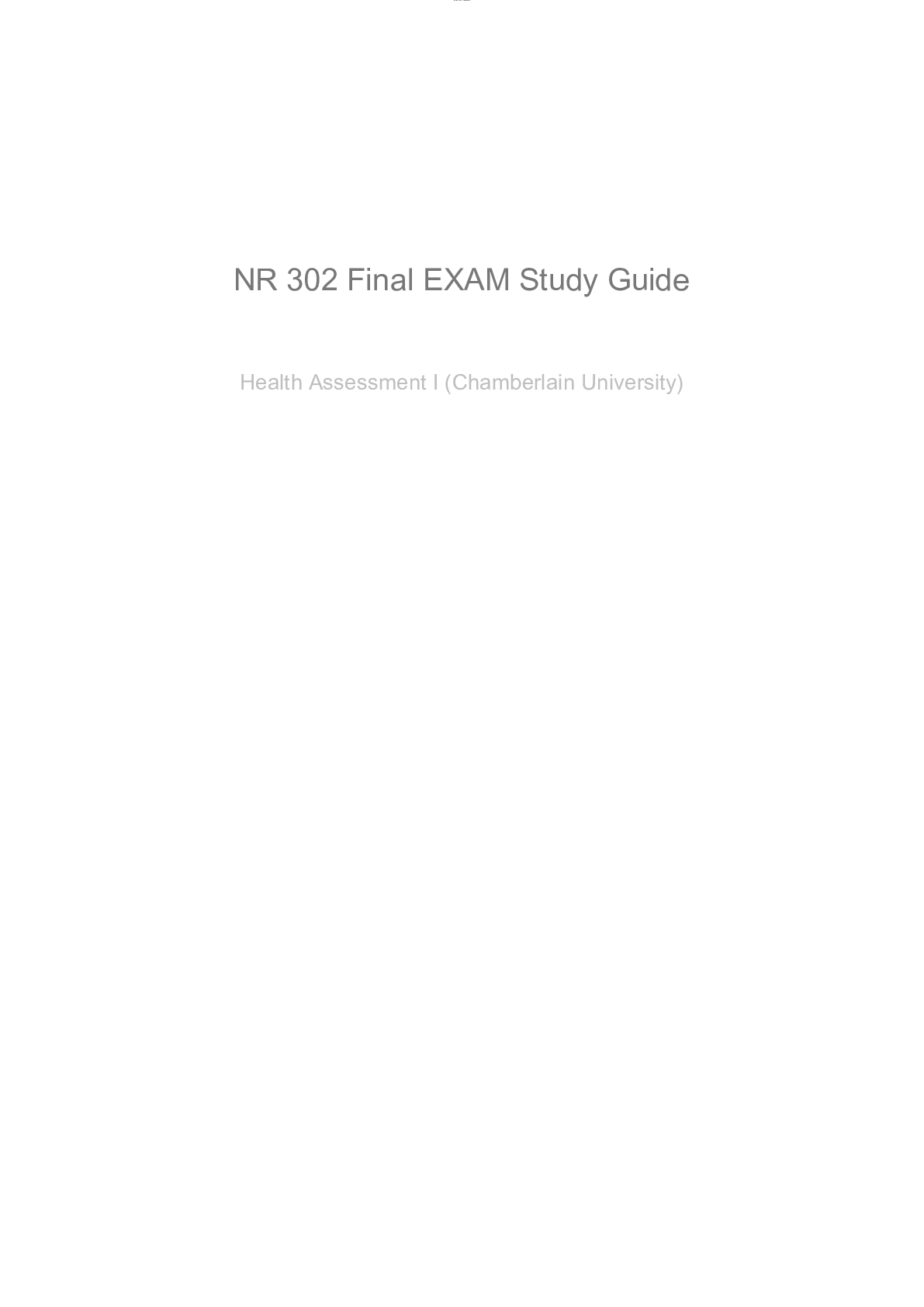*NURSING > STUDY GUIDE > PSYC 2230 FINAL EXAM STUDY GUIDE Latest Updated 2021 Graded A+ (All)
PSYC 2230 FINAL EXAM STUDY GUIDE Latest Updated 2021 Graded A+
Document Content and Description Below
Motivation Textbook Notes 10/7/2016 6:30:00 PM Chapter 1 – Conceptualizing and Measuring Motivation - Motivation is the concept we use when we describe the forces acting on or within an organism ... to initiate and direct behaviour - Use motivation to explain differences in intensity of behaviour more intense behaviours are considered to be higher motivated - Use motivation to indicate persistence of behaviour highly motivated behaviour will be persistent - Motivation helps to explain why behaviour occurs in one situation but not in others Measurement of Motivation - manipulate a stimulus (S) and measure behaviour in the form of response (R) - Motivation can be inferred from the change in behaviour that occurred, and an indication of its strength can be observed - Intervening Variable is a concept that serves to link a stimulus and a response and helps to relate the two - Performance Variable is the temporary nature of motivation When enough motivation is present, behaviour is performed; when motivation is too low, behaviour is absent Characteristics of Motivation - Activation easily seen in the production of behaviour If the observed organism is behaving in some way at least minimal amount of motivation is assumed to be present. If no overt behaviour is observed then the motivation level of the organism may be insufficient to trigger behaviour How persistent a behaviour is depends at least in part on what alternative behaviours are available o If alternative responses lead to different outcomes, lever pressing may become less persistent Vigor of responding, then, is another characteristic typically associated with the presence of motivation o Vigorous responses do not always mean high motivation Overt responding, persistence, and vigor are characteristics of the activation properties of motivation, assuming that other factors can find more resources at oneclass.com find more resources at oneclass.com find more resources at oneclass.com find more resources at oneclass.com be ruled out and are, under appropriate conditions, reasonable indexes of the presence of motivation - Direction Index of motivational state Preference test – to see which direction one would take when there are multiple options Categories of Analysis Nomothetic vs. Idiographic Nomothetic approach involves the development of general or universal laws. Studies groups of people or animals and determines how they are similar Nomothetic approach attempts to discover general laws applicable to the widest range of situations Idiographic approach proposes that we can understand behaviour by looking how people differ from each other, by examining those properties that make each person unique Idiographic approach is most clearly seen in the humanist and actualization theorists Innate vs. Acquired *see class notes Internal vs. External One approach has involved the idea that different motive states can conceptualized as needs that when active promote behaviours to reduce those needs. Needs are usually viewed as internal sources of motivation that activate and direct behaviour to items in the environment that alleviate some state of deprivation External sources of motivation provided by goals Theorists examine the motivation effects of either various goal objects or social relationships Mechanistic vs. Cognitive Mechanistic approach assumes that changes in specific factors activate circuits that in turn motivate the organism to engage in behaviour find more resources at oneclass.com find more resources at oneclass.com find more resources at oneclass.com find more resources at oneclass.com Cognitive approach assumes that the manner in which information is interpreted influences motive states Levels of Analysis Physiological Analysis Typically this level of analysis is concerned with the brains control of motivated states Researchers are interested in the various brain structures involved in the triggering of motivation the way in which motivationally important information is processed by groups of cells EEG, PET, MRI, are all ways to study the brain Individual Analysis *lecture notes Social Analysis *Lecture Notes Behaviours are influenced by both situational factors and presence of others Philosophical Analysis *Lecture Notes Aversive state that behaviour seeks to overcome Maslow proposed Self actualization Motivation is a positive state pushing for the individual to become all that she or he can become Major Constructs in Motivation Energy Many of the theories discussed in this book assume the existence of some source of energy that drive behaviour Some theorists proposed that just one source of energy exist for all behaviour, that the energy behind behaviour is general Other researchers proposed that the force behind particular behaviours is specific Physiological Mechanisms Motivational mechanisms are genetically programmed to the organism Instinct approach proposes that energy accumulates within the organism and leads to a motivated state find more resources at oneclass.com find more resources at oneclass.com find more resources at oneclass.com fi [Show More]
Last updated: 1 year ago
Preview 1 out of 62 pages
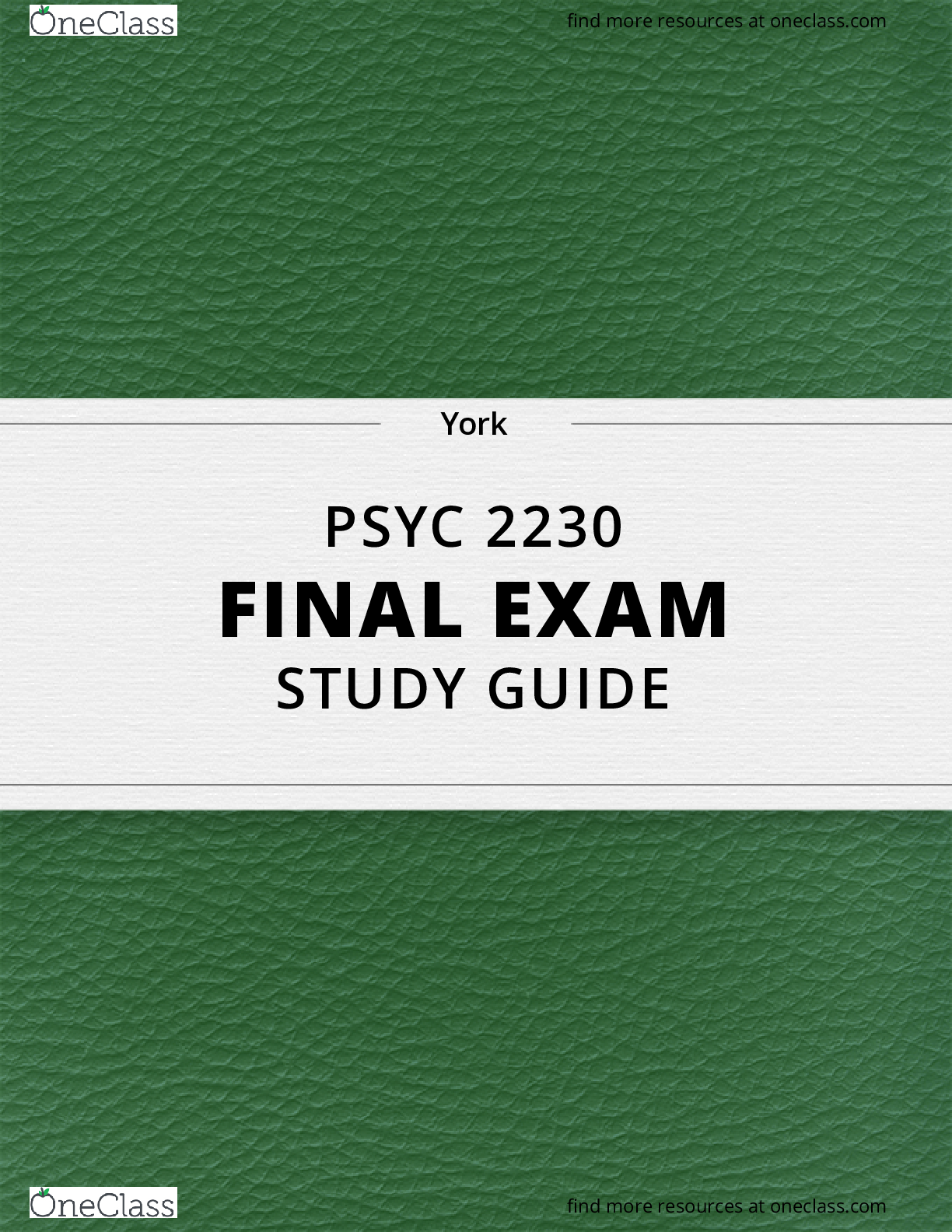
Reviews( 0 )
Document information
Connected school, study & course
About the document
Uploaded On
Sep 04, 2021
Number of pages
62
Written in
Additional information
This document has been written for:
Uploaded
Sep 04, 2021
Downloads
0
Views
59



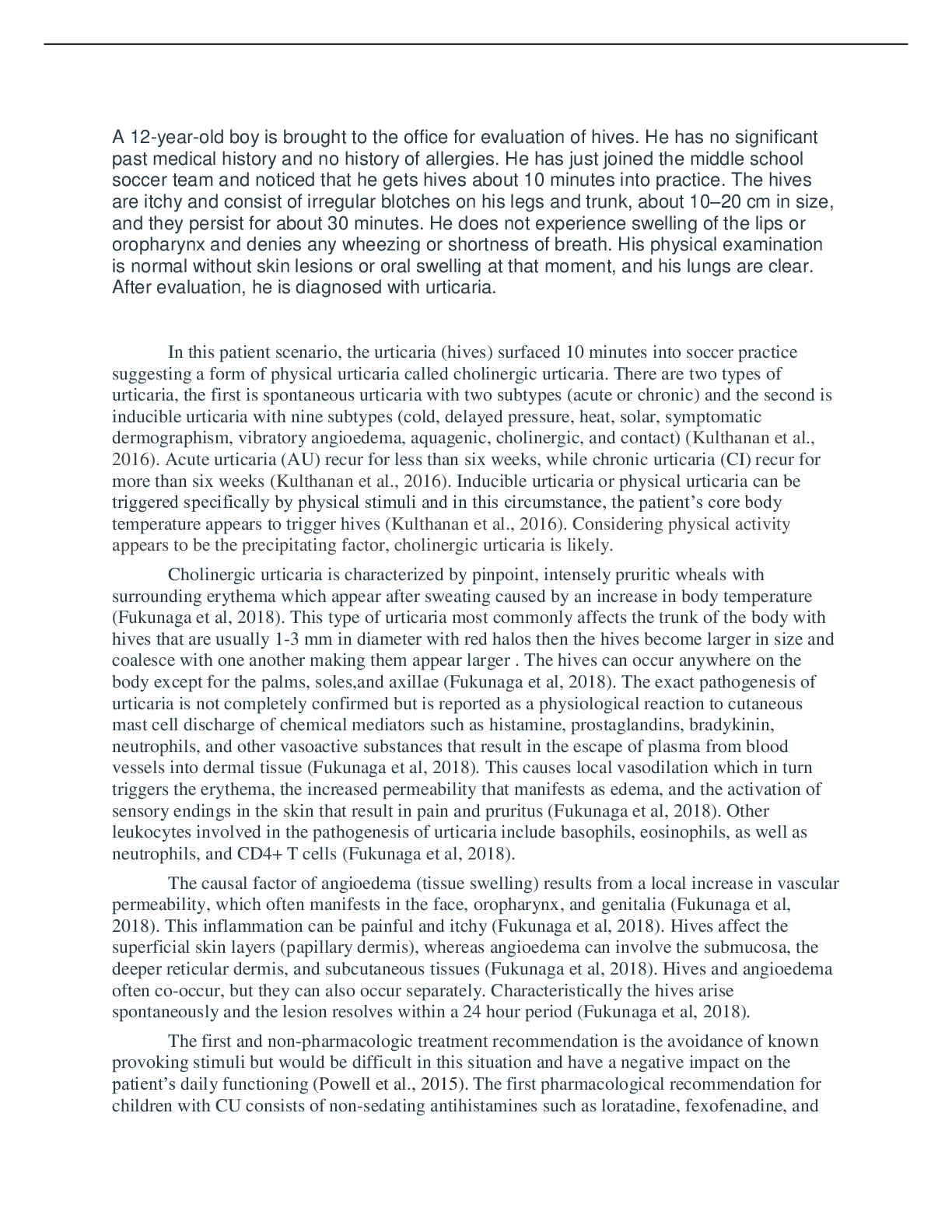
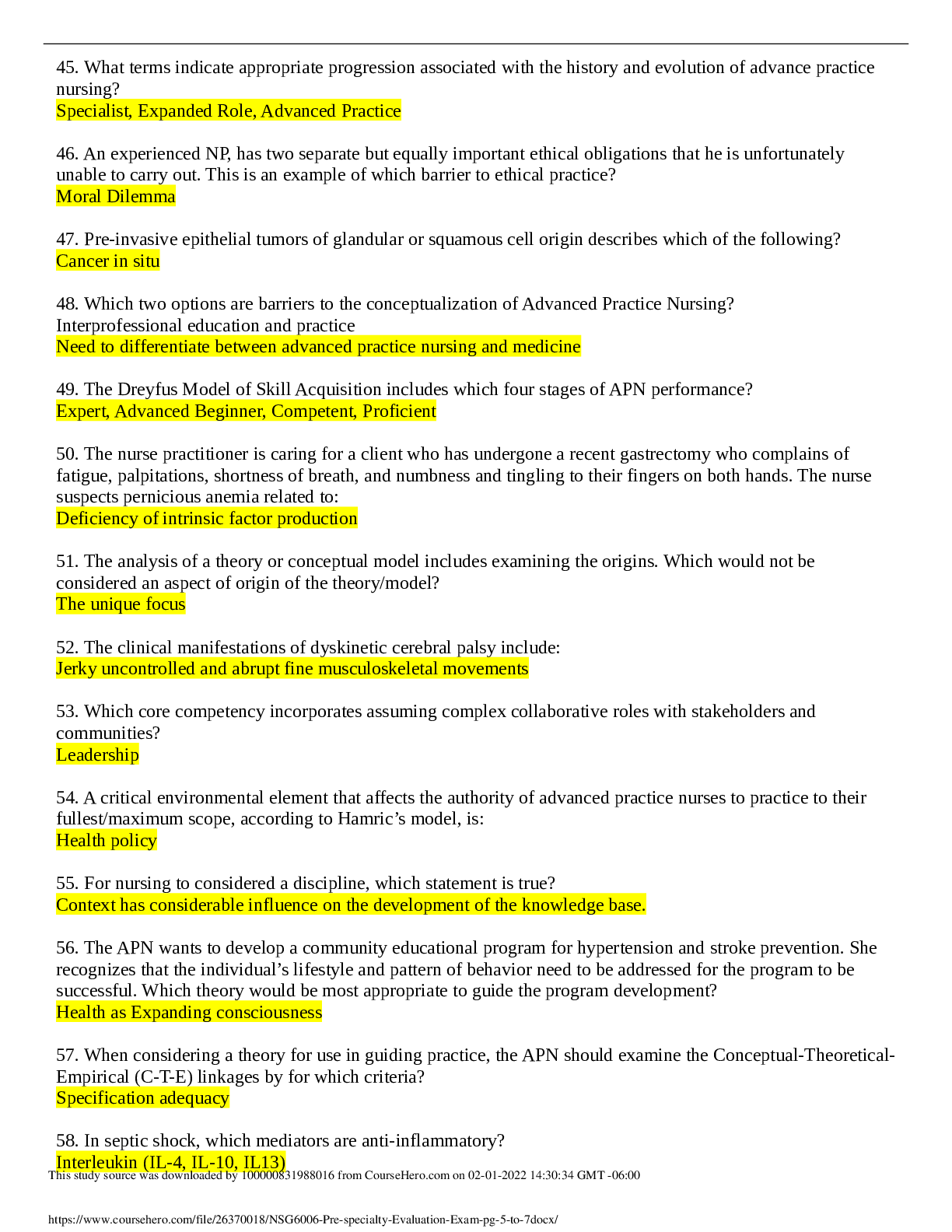


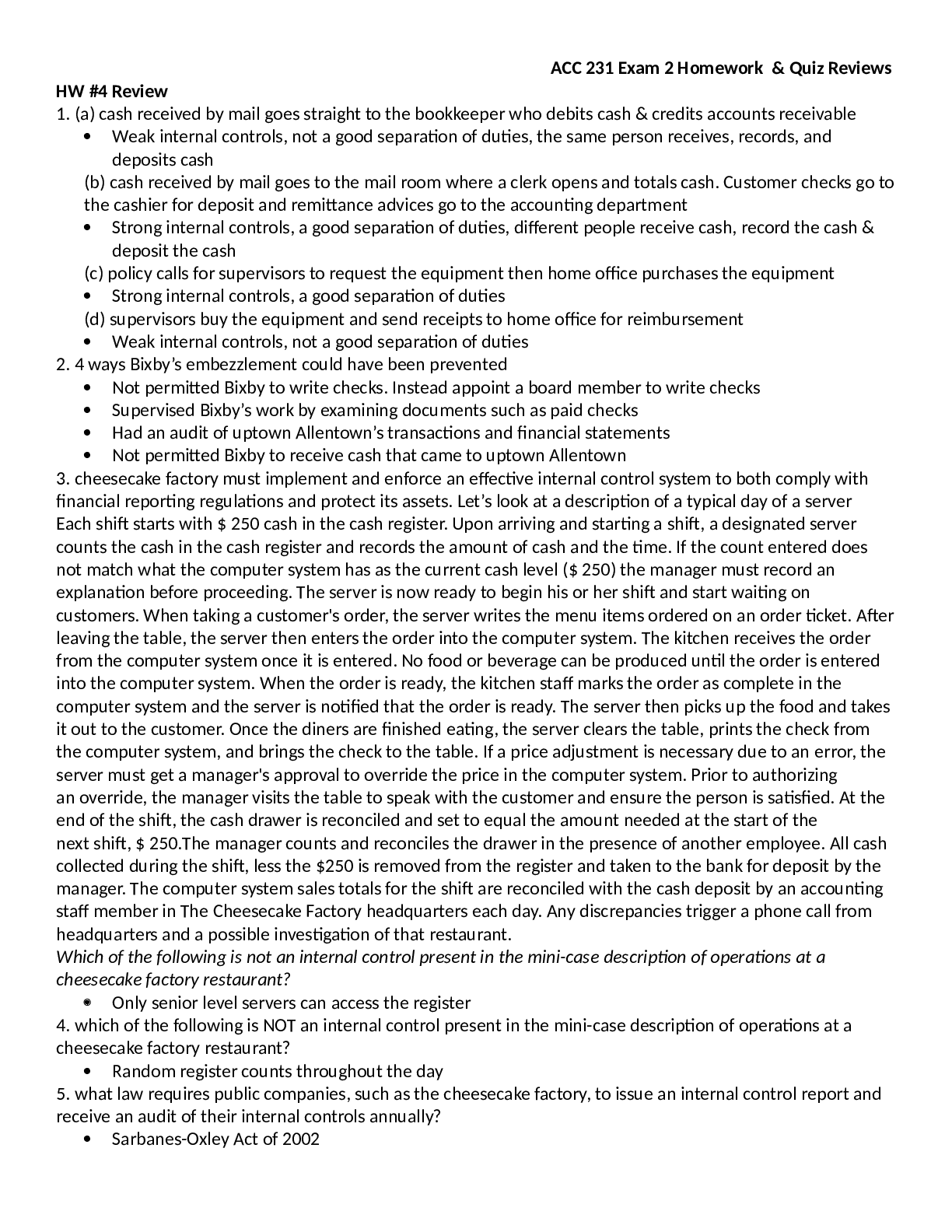

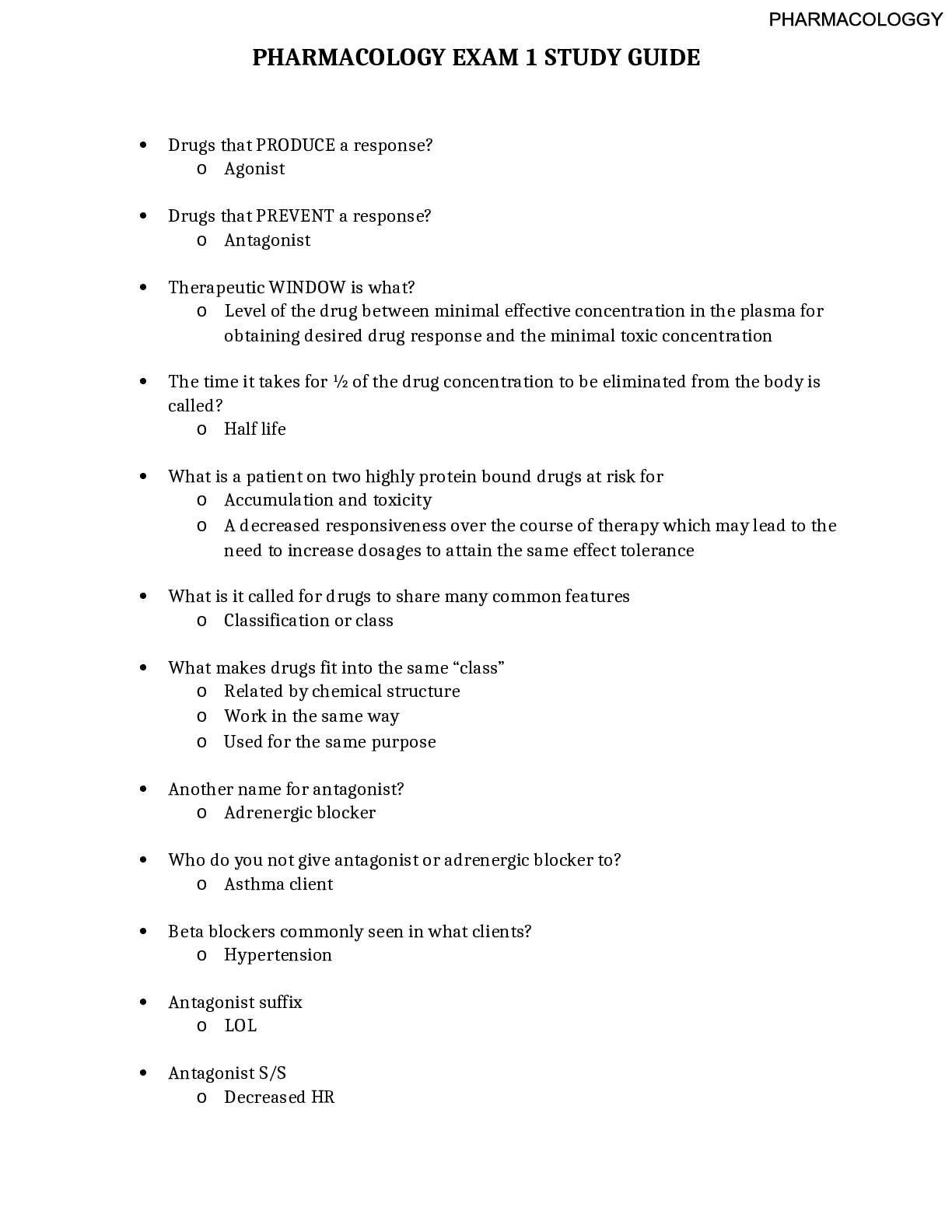
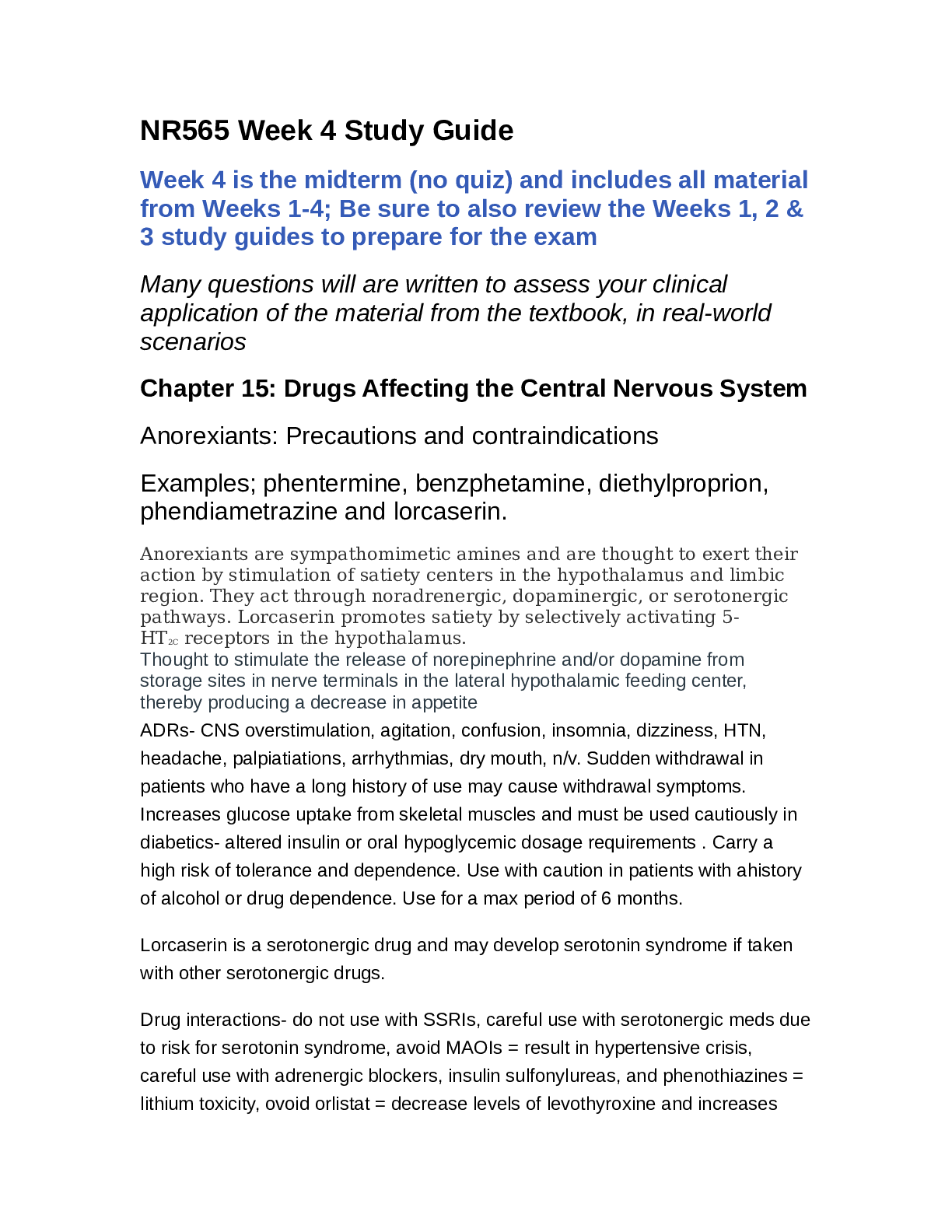



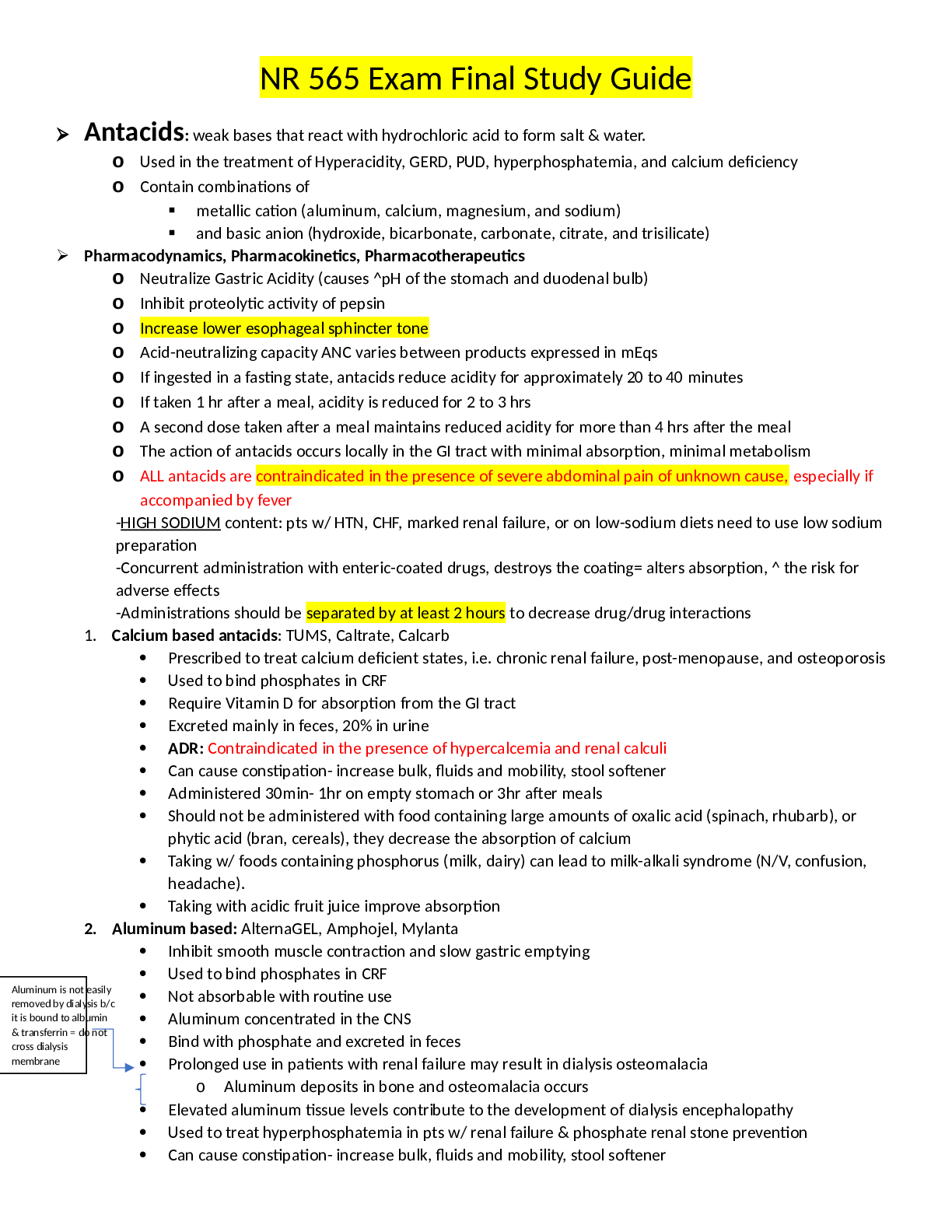
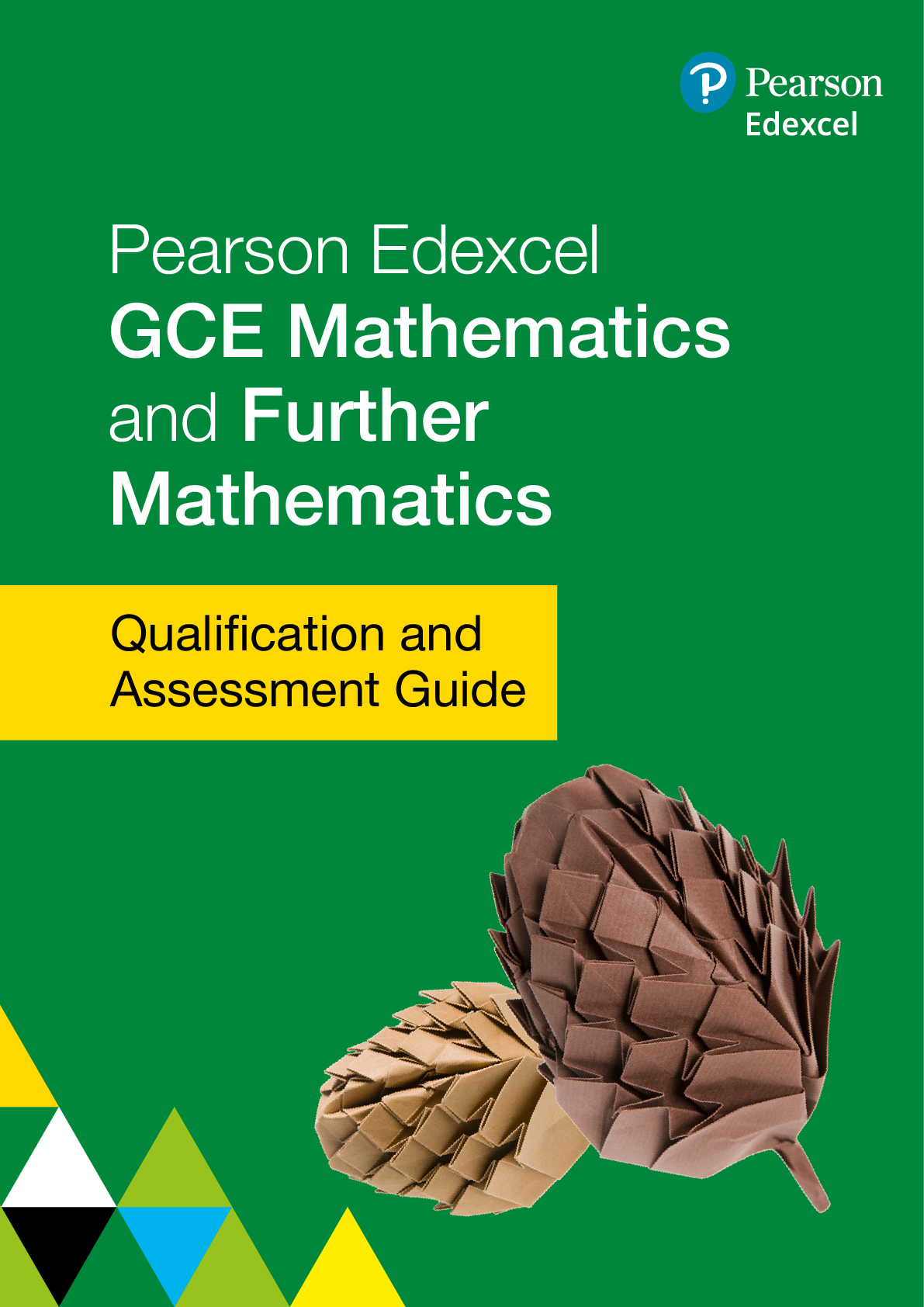
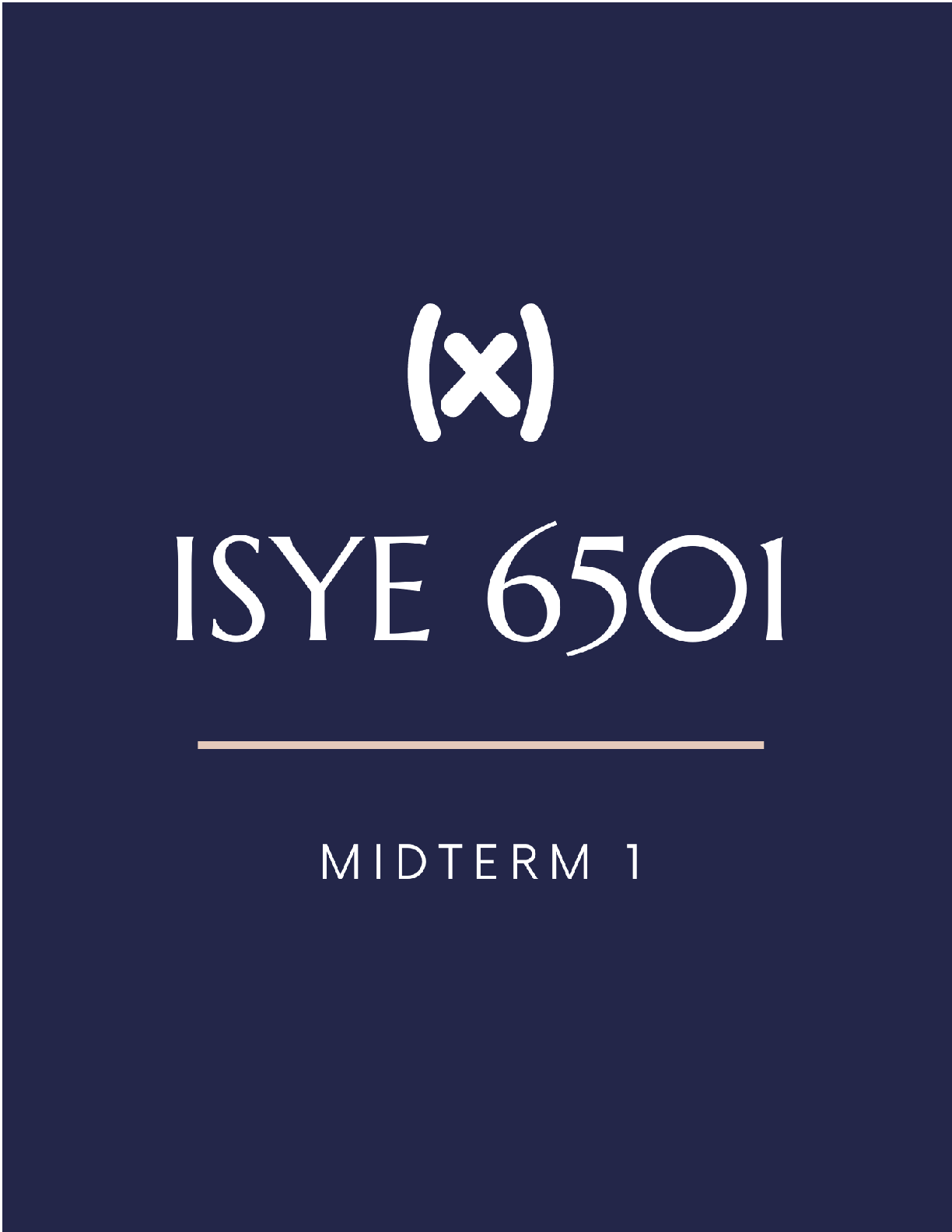


 Rasmussen College.png)
